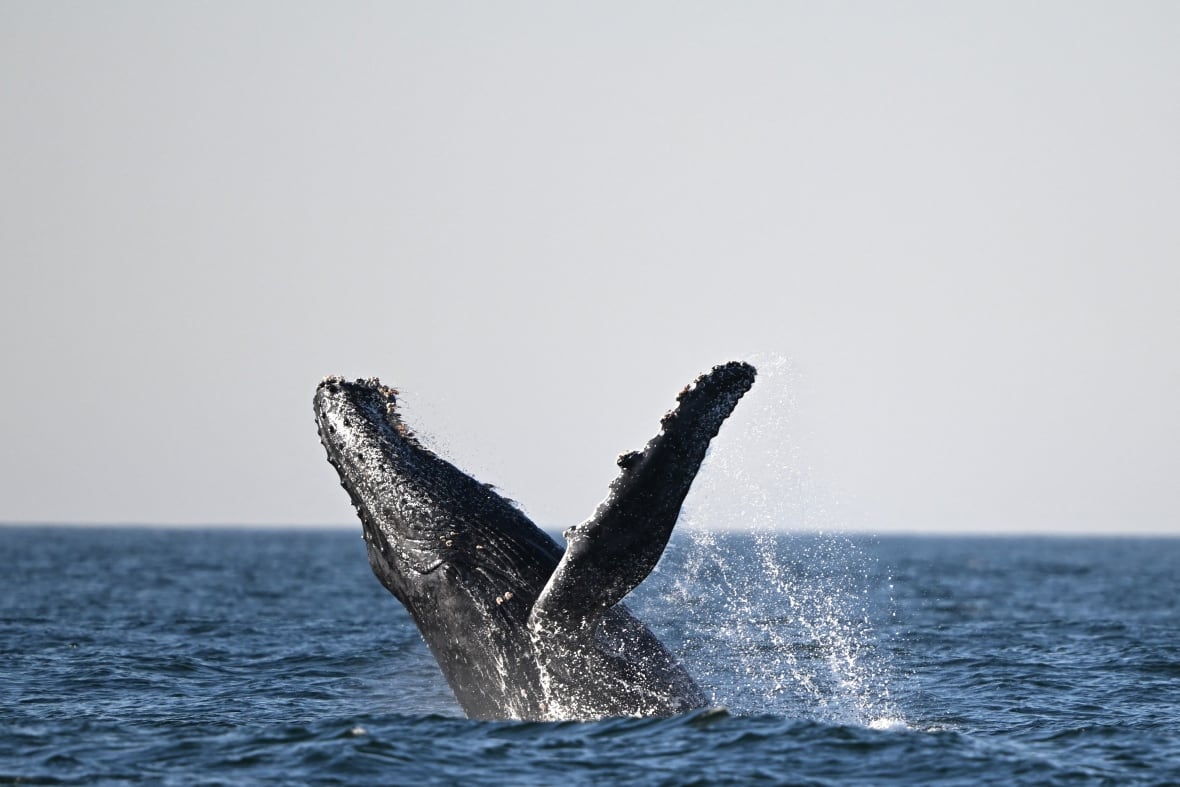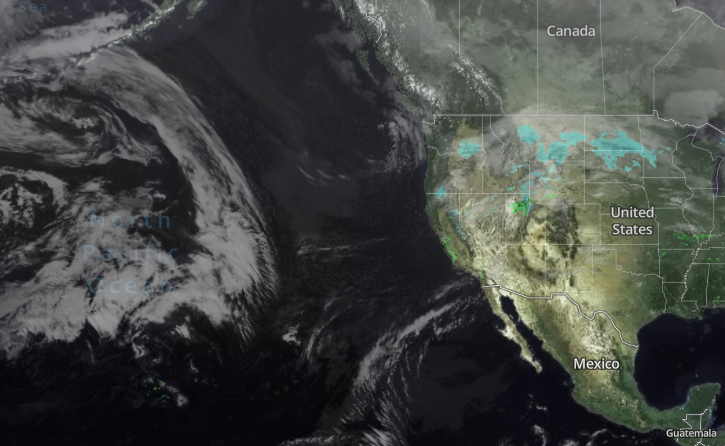There’s a reason “antidisestablishmentarianism” is more a piece of trivia than vital to the English language.
Because a word that long is not what human language favours. According to experts, we tend toward efficiency and brevity — with statistical laws that persist across cultures.
Perhaps now, even across species.
Two new studies this week focused on whale song and found striking, structural parallels to human language, especially in humpback whales.
To be clear, we’re no closer to translating the meaning of those soulful, haunting, put it-on-a-best-selling-record songs from these ocean giants. But experts say it highlights the role of evolutionary pressures in complex communication.

From the mouths of babes
The first study, published in Science, focused on humpback whale song because it is culturally transmitted — in other words, taught and changed over time just like human language.
The interdisciplinary collaboration took eight years as researchers painstakingly gathered recordings from a pod of humpbacks and broke them down into smaller components. The key to their analysis was a method based on how human babies learn.
“One of the first challenges that infants face in breaking into language is discovering what the relevant units are,” explains author Inbal Arnon, professor of psychology at Hebrew University of Jerusalem.
Though they don’t know they’re doing it, babies use low-level statistical reasoning to figure out which relevant sounds are more likely to follow others.

“Let’s think about the [word] ‘baby.’ How likely are you to hear bee if you just heard bay?” Arnon said, suggesting that infants figure out these likelihoods innately.
This logic led them to find a pattern in humpback whale song known as Zipfian distribution — which, in human language, dictates that the most frequent word is twice as used as the next frequent word.
“It’s this kind of characteristic fingerprint of human language,” said Simon Kirby, co-author and professor of language evolution at the University of Edinburgh.
“So it’s a really surprising thing to find it in this completely unrelated species of humpback whales producing songs deep in the ocean.”
The researchers theorize that it flips the idea that we’ve evolved to be good at language — instead, they suggest it implies both that language evolves in order to be passed down better, and that this applies to species other than humans.
“If a language has to be learned in order to get from one generation to the next,” Kirby suggested, “then the languages that are learnable are the only ones that will survive.”
Researchers found that baleen whales can’t make their songs in deeper parts of the ocean, forcing them closer to the surface — and closer to human-caused noise pollution.
Succinct Cetaceans
The other study, published in Science Advances, found that whale song has parallels to another hallmark of human language: efficiency.
“In general, in language, we try to convey as much information as we can,” said Mason Youngblood, an animal behaviour and cultural evolution researcher at Stony Brook University in New York.
He says the cost is high for humpbacks to sing, considering they bellow their songs across vast distances under water while holding their breath and cycling it through their bodies.
“It’s important to do so in the cheapest way possible,” Youngblood said. “And the easiest way to do that is by reducing vocalization time.”
The research found some whales — including humpbacks, bowhead, blue and fin whales — adhere to two linguistic laws: Menzerath’s Law and Zipf’s Law of Abbreviation.
Put simply, both laws mean you spend less time blabbing. While not quite universal, Youngblood says it points to the constraints that shape the evolution of communication in different species.
Moving, but not meaning
Shane Gero, a scientist in residence at Ottawa’s Carleton University and the lead biologist for Project CETI, finds the cultural transmission aspect interesting.
“You learn these things from your mother and your grandmother and your grandmother’s mother,” said Gero, who was not involved with the study. “And that yields the need for speakers and listeners to … be concise, for lack of a better word.”
But he and others warn that breaking down whale song in this way is not like breaking down a sentence into words — in other words, just because we can find patterns in their songs doesn’t mean we know what whales are saying.
“Detecting a pattern like this doesn’t make any direct connection to semantics,” Gero explained from Ottawa. “In fact, there’s plenty of science that shows you can find this in improvisational jazz.”

That comparison to musical structure might be the best way to appreciate the parallels, suggests Tecumseh Fitch, a cognitive biologist at the University of Vienna who studies bioacoustics.
“We really don’t have any reason to think that these humpback whale vocalizations are telling a story,” Fitch told CBC News from Sanibel, Fla. “I think the term song is perfectly appropriate. They’re like melodies. It has some meaning, but it’s not ‘word meanings’ the way [human] language does.”
#Whale #song #shows #hallmarks #human #language










Leave a Reply